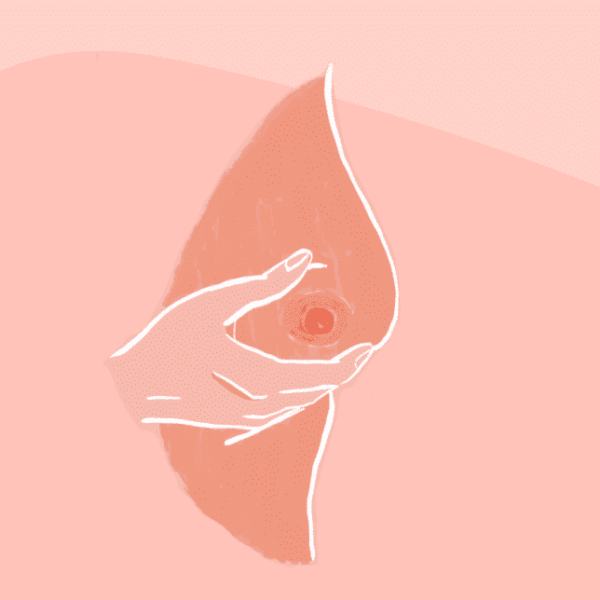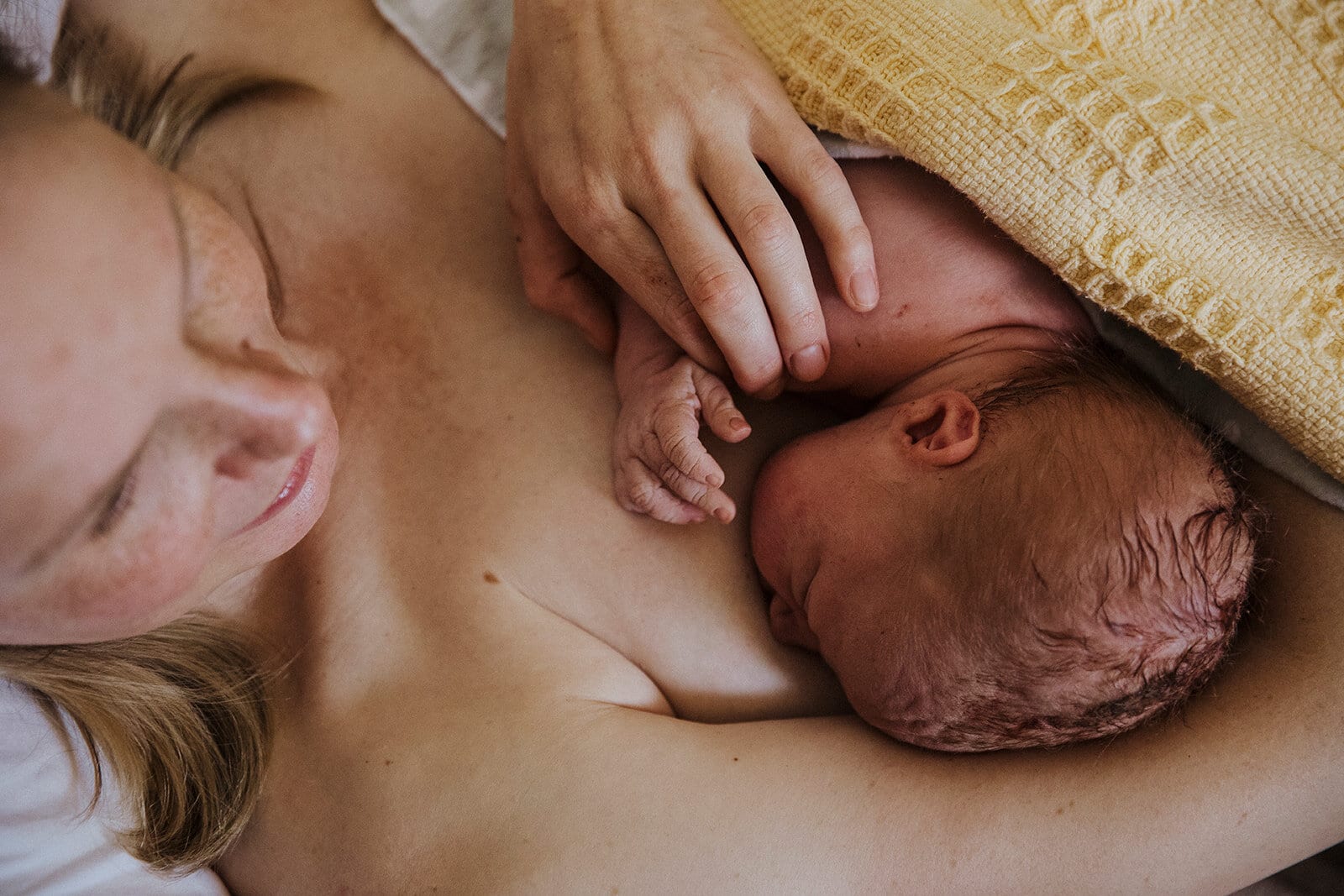Postpartum Mastitis
Mastitis
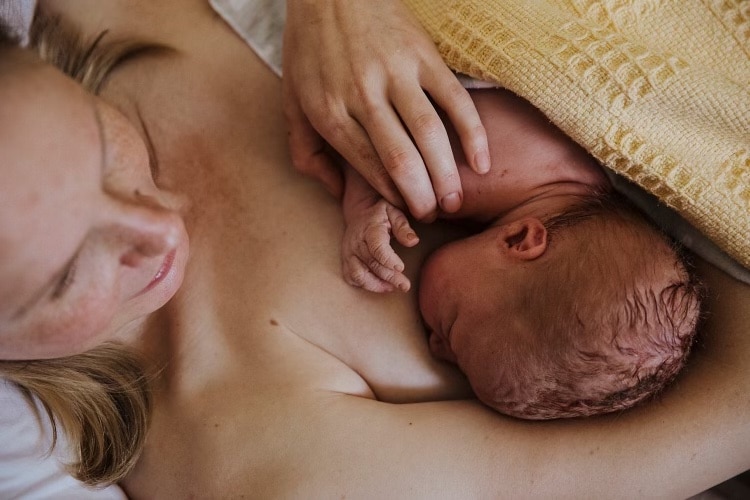
You may have heard some nightmarish stories about mastitis and frankly, it’s not something you want to contend with at any stage of your breastfeeding journey. It’s most common in the first three months postpartum but it can strike at any time, particularly if your baby has reduced their feeds, is starting to sleep for longer periods at night or you’re weaning.
It can be an incredibly painful experience with symptoms ranging from burning hot, sore breasts complete with a razor-blade stabbing sensation in the nipples to fever, chills and all-over body ache. The best cure is prevention so if you can recognise the signs early and act quickly, you’re on the right track.
If early mastitis is fast becoming a problem for you, head to your GP immediately (let the receptionist know that you’ve got mastitis when you make an appointment). You’ll need antibiotics to treat the infection and you must prioritise rest till your symptoms subside.
What is Mastitis?
Mastitis is inflammation of the breast due to nipple damage (cracked or damaged nipples make it easier for bacteria to get in) or blocked milk ducts. Think of your milk ducts as cobwebs or highways – they are an interlaced series of ducts that need to be open and clear for the milk to flow freely from the breast to the nipple. If they get clogged, you may notice a lump or an area of engorgement that can be uncomfortable but may go down when you next feed. If it doesn’t subside and starts to feel hot and look red, you can presume that your breast is inflamed and you’re at risk of an infection. In this case, swift treatment is most effective.
New evidence released in 2022 claims that the traditional methods of frequent feeding, expressing if your baby doesn’t drain the breast and vigorous massage is actually doing more harm than good. Instead of placing extra pressure on the inflamed area and encouraging more milk production, you essentially want to give your breasts a break. Recommended treatment includes:
Resting your breasts
Feed your baby on demand by following their cues. Increased feeding, feeding solely from the affected breast, firm massage or pumping to drain the breast isn’t recommended because it can stimulate hyperlactation (too much milk) which is a significant risk factor for swelling and inflammation. If you are particularly uncomfortable, a small amount of hand expressing to relieve pressure should be fine. Avoid using a breast pump or nipple shields as both can result in inadequate milk extraction from the breast, therefore contributing to further swelling in the breast.
Managing inflammation and pain
Regular ibuprofen every eight hours will reduce inflammation and pain, and regular paracetamol will assist with pain management.
→ Using ice
Applying ice can provide symptomatic relief (frozen peas wrapped in a tea towel work well).
→ Practising lymphatic drainage
This is only recommended for very engorged and swollen breasts.
Use gentle and very light strokes from the breast towards the armpit to help release pressure (no firm massage is required).
→ Taking care of yourself
Make sure you stay hydrated by drinking at least 2litres of water throughout the day. Eat well and prioritise immune-boosting foods that nourish and nurture you. And most importantly: rest, rest, rest.
What if you continue to have symptoms and feel unwell?
If your symptoms continue to worsen you will need to see your GP as soon as possible. Mastitis is quick to develop and if bacteria is present, it requires oral antibiotics to treat. In severe cases, you may need to be hospitalised and treated with IV antibiotics. You can expect your baby to develop an upset tummy in response to the antibiotics — they may be more colicky for a few days and may develop diarrhea. Keep an eye out for thrush, too.
Mastitis Prevention
Some women are more susceptible to mastitis but for anyone currently breastfeeding, active prevention is always a good option. This looks like:
- Breastfeeding often and whenever your baby needs (8-12 times in a 24 hour period is normal for a new baby)
- Waking your baby for a feed if you start to get engorged or expressing if they’ve recently fed
- Meeting with a lactation consultant as soon as you notice any signs that your baby isn’t latching or feeding well
- Offer both breasts for every feed. If your baby is full after one breast, make sure you feed from the alternate breast on the next feed
- Avoid tight-fitting bras and clothing as they can place pressure on the milk ducts and cause blockages
- Stay hydrated
- Rest (this doesn’t mean sleep but consciously choosing to slow down and prioritise rest over social obligations and housework)
For more information
Lactation Consultants of Australia and New Zealand | lcanz.org
Australian Breastfeeding Association | breastfeeding.asn.au
ABM Protocols | bfmed.org/protocols
Maternal & Child Health Line 24 hour – 13 22 29
Categories
Related Products
-
Breastfeeding Guide
3 reviews$29.00A guide to inspire pregnant women to prepare for their breastfeeding journey.
Get your copy of our Perineal Massage Guide in your inbox
Keep Reading
We think you might enjoy these articles

Why planning for postpartum is just as important as planning for birth – and how to do it right
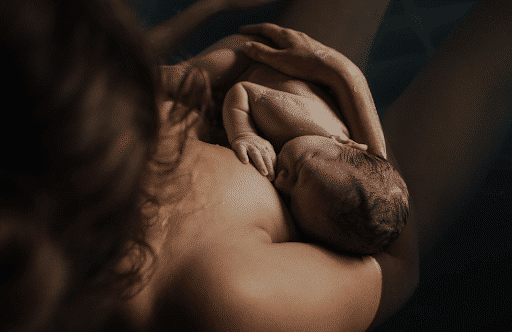
Cracked Nipples: Causes, Treatment and Prevention
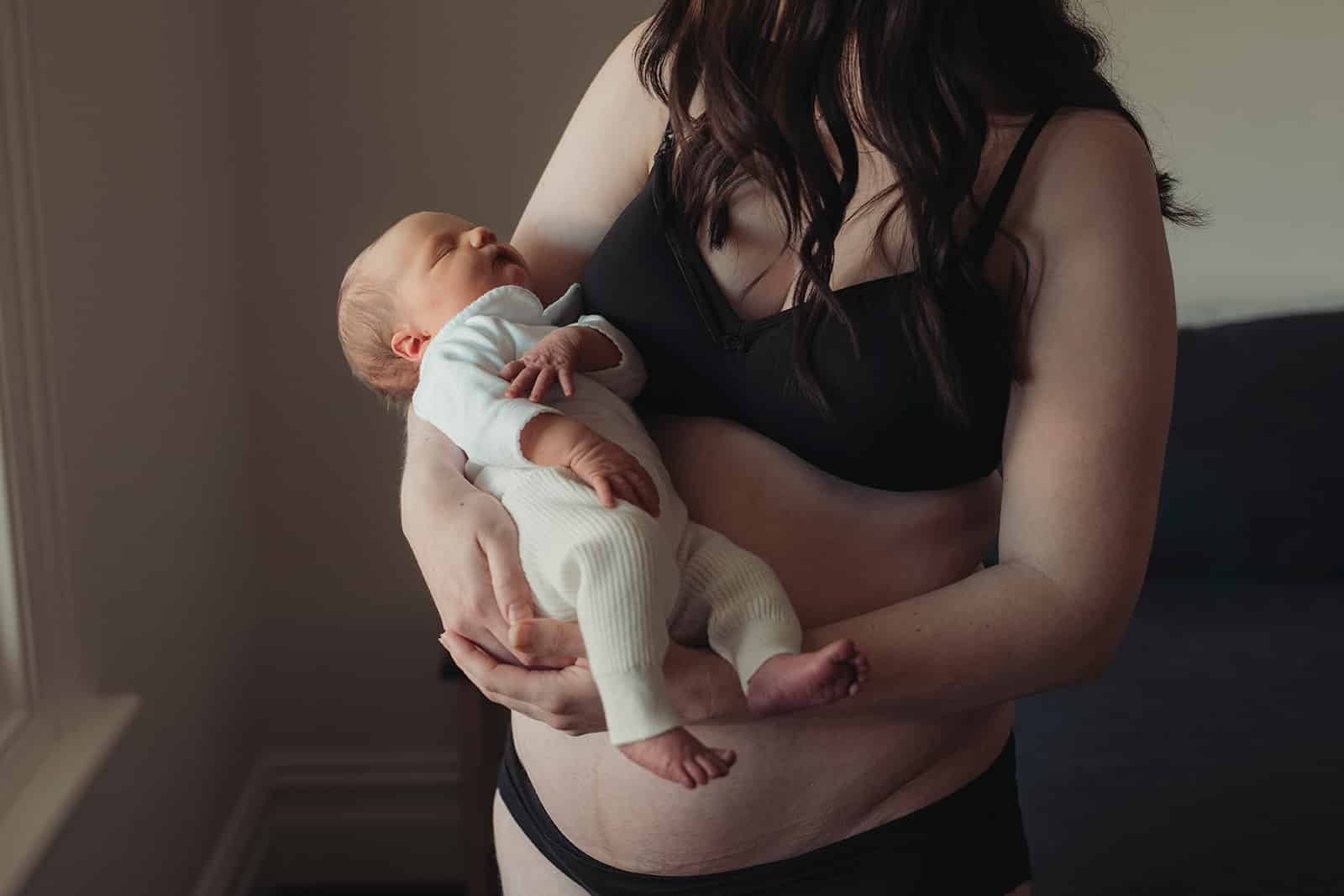
Caesarean Birth Recovery
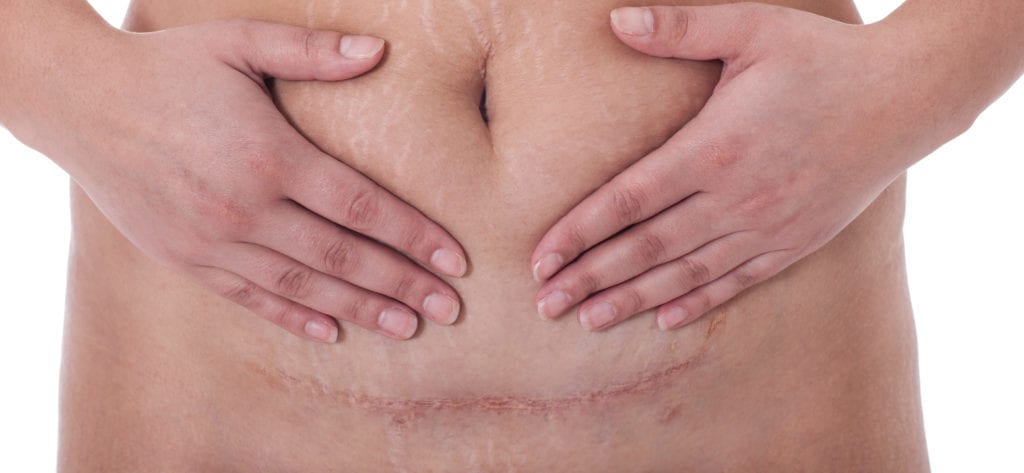
What is a C-Section Shelf?
@AustralianBirthStories
Follow along with us
@AustralianBirthStories
Follow along with us
@AustralianBirthStories
Follow along with us
@AustralianBirthStories
Follow along with us
@AustralianBirthStories
Follow along with us
@AustralianBirthStories
Follow along with us
@AustralianBirthStories
Follow along with us
@AustralianBirthStories
Follow along with us
@AustralianBirthStories
Follow along with us
@AustralianBirthStories
Follow along with us
@AustralianBirthStories
Follow along with us
@AustralianBirthStories
Follow along with us
